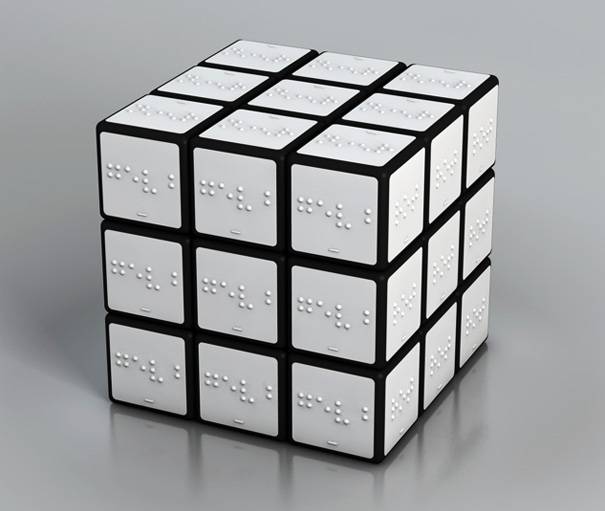Surprising Science
All Stories
When I was a child and decided to become a physicist, I never dreamed that I would be traveling all over the world with a TV film crew, or lecturing […]
According to Einstein, the universe should be equal parts matter and anti-matter; in other words, we shouldn’t exist, so why do we? Some physicists in Chicago may have the answer.
The L.A. Times reports that “for most of the 1920s, a patient could get a prescription for one pint every 10 days about as easily as California patients can now get ‘recommendations’ for medical marijuana.”
A medical company wants to offer over the counter genetic tests whose results show genetic predispositions to certain diseases, but the FDA is crying foul.
New neurological research suggests that each time a memory is recalled, it is subject to slight alternations; the implications could benefit sufferers of PTSD.
You might have heard me speak about the equation that eluded Einstein for the last 30 years of his life: the one-inch equation that will in a sense summarize everything we […]
Though currently too expensive for mass production, new computing technology is replacing electrons and copper wiring with photons that can carry information at light speed.
Psychologist Stephen Diamond writes that the recent string of violence across China could be related to personal stress brought on by the financial pressures of a more competitive economy.
“It seems sensible to make every effort to enlist the body’s own ability to heal itself—which is what, at bottom, placebos seem to do,” writes the Boston Globe.
Using virtual reality, scientists in Europe put men in females’ bodies to measure how our own physical appearance affects our thoughts and behavior.
Scientists have figured out how independent, programmable nano-scale robots can be made out of individual molecules—with the robots’ actions programmed into their environment.
New statistical analysis finds that all life on Earth shares a single common ancestor, confirming a “central pillar of evolutionary theory.”
New research into the brain provides intriguing information about the neural activity associated with moments of sudden insight.
“Where is everybody?” the physicist Enrico Fermi once famously asked, disappointed that aliens hadn’t contacted us yet. Over 50 years later, Fermi would feel even more snubbed. As Paul Davies […]
A Japanese mathematician has come up with a cardboard model that seems to defy physics—creating what vision scientists are calling the best illusion of the year.
While in in the past we thought of the earth’s core as fairly homogeneous, it’s now clear that the solid center of the earth is an aggregation of crystals.
Sam Harris argued recently that “morality should be considered an undeveloped branch of science.” He talks about the backlash from people who believe it’s wrong to make moral judgments.
Beginning Friday, shoppers at more than 6,000 drugstores will be able to pick up a test to scan their genes for a propensity for Alzheimer’s disease, breast cancer, diabetes and other ailments.
Stephan Faris writes that “it seems unrealistic to base policies on the expectation that asymptomatic HIV-positive youth will permanently abstain from sex.”
New research indicates that paternal mice that physically interact with their offspring grow new brain cells and form lasting memories of the babies.
A number of new therapies have been developed for the treatment of chronic pain. Most borrow from the field of anesthesiology and share a goal of preventing pain signals from reaching the brain.
The Braille system is one of design’s most ingenious feats. Today, designers are using it to bring more ease and joy into the lives of blind people in everything from mundanity to playtime.
Today marks the second installment of Big Think’s newest series, “Moments of Genius,” which is sponsored by Intel and focuses on key discoveries by math and science leaders. In our […]
Researchers have determined that the protein long suspected of being the “master switch” allowing brains to operate does indeed have that function.
“Fake medical treatment can work amazingly well,” writes Rebecca Tuhus-Dubrow. Members of the medical community are increasingly asking whether they should put placebo treatments to work.
Testing for creativity, and its corresponding physical attributes in the brain, requires defining the term, but creativity is not so easily broken down.
A new study shows that just five minutes in a natural, green environment—rather than an urban one—can improve our mood and self-esteem.
Marcia Angell, former editor-in-chief of the New England Journal of Medicine, thinks the influence of pharmaceutical companies has grown too large in our academic institutions.






